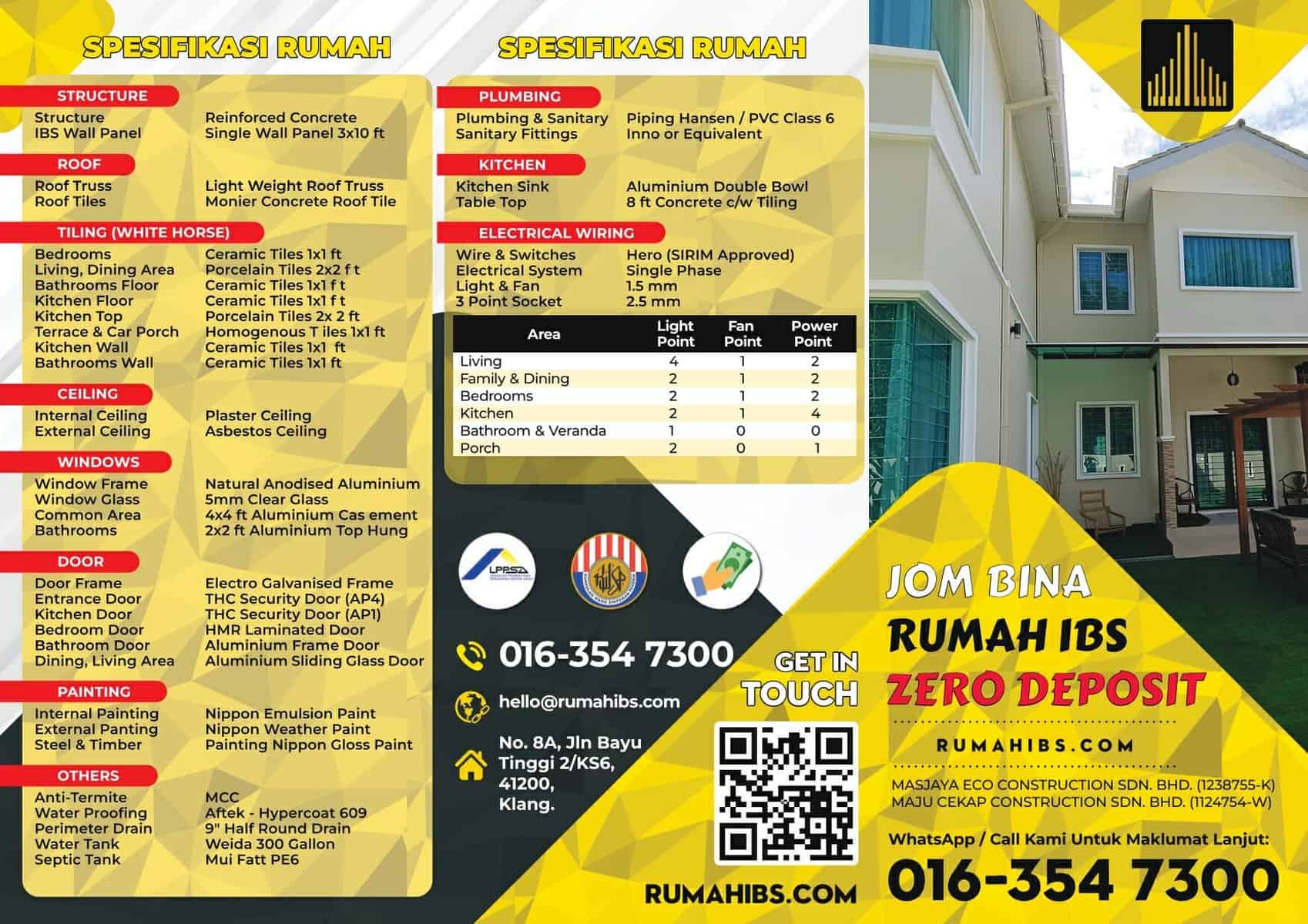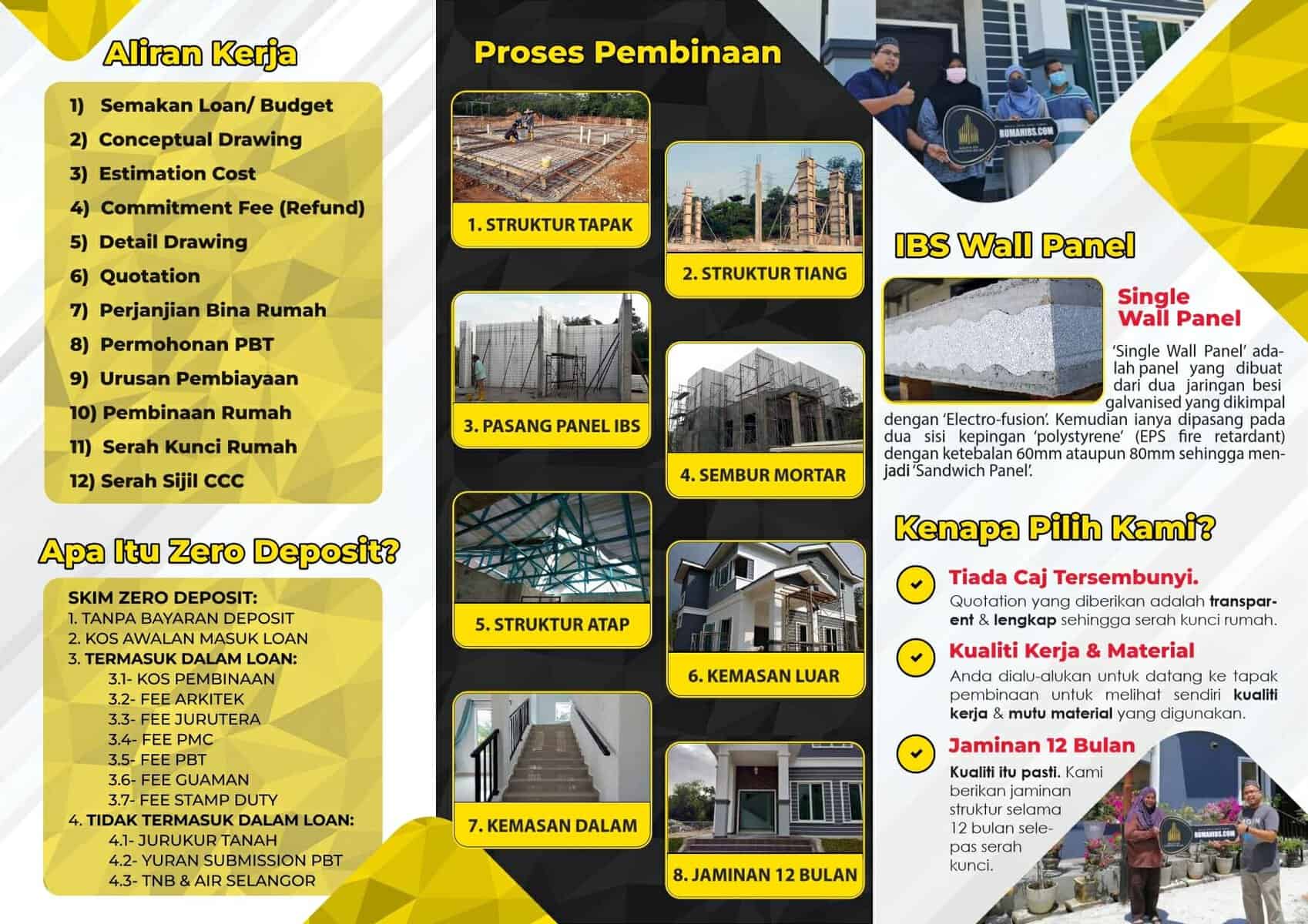
Blog
Revolutionizing the Construction Industry with Prefabrication


Revolutionizing the Construction Industry with Prefabrication
Table of Contents
- Introduction
- Understanding Prefabrication
- Benefits of Prefabrication
- 3.1 Increased Efficiency and Productivity
- 3.2 Cost-effectiveness and Time Savings
- 3.3 Enhanced Quality and Consistency
- 3.4 Sustainability and Environmental Benefits
- 3.5 Design Flexibility and Customization
- Examples of Successful Prefabrication Projects
- 4.1 Skanska’s 2+U Tower in Seattle
- 4.2 Broad Sustainable Building’s T30 Hotel in China
- 4.3 B2 Tower in Brooklyn, New York
- Overcoming Challenges and Misconceptions
- The Future of Prefabrication
- Conclusion
- FAQs
1. Introduction
The construction industry is undergoing a transformative shift with the increasing adoption of prefabrication techniques. Prefabrication, also known as off-site construction, involves the manufacturing of building components in a controlled factory environment and assembling them on-site. This innovative approach offers numerous advantages, including improved efficiency, cost-effectiveness, sustainability, and enhanced quality. In this article, we will explore how prefabrication is revolutionizing the construction industry and shaping the future of building construction.
2. Understanding Prefabrication
To fully grasp the impact of prefabrication, it is important to understand the process and principles behind it. Prefabrication entails the fabrication of building elements, such as walls, floors, and roof trusses, in a factory setting. These components are then transported to the construction site for assembly. This method allows for greater precision, quality control, and efficiency compared to traditional on-site construction.
3. Benefits of Prefabrication
Prefabrication offers a wide range of benefits that are reshaping the construction industry. Let’s delve into some of the key advantages:
3.1 Increased Efficiency and Productivity
One of the primary advantages of prefabrication is its ability to improve efficiency and productivity in the construction process. By manufacturing components off-site, multiple construction activities can occur simultaneously. This parallel approach reduces construction time, minimizes delays caused by weather conditions, and enhances overall project efficiency.
3.2 Cost-effectiveness and Time Savings
Prefabrication can be a cost-effective solution for construction projects. The controlled factory environment enables efficient use of resources and reduces material waste. Additionally, the streamlined manufacturing process and reduced on-site labor requirements translate into significant time savings, allowing projects to be completed faster and within budget.
3.3 Enhanced Quality and Consistency
Factory-controlled manufacturing ensures higher quality and consistency in building components. The use of specialized machinery and standardized processes eliminates human errors and variations that are common in on-site construction. The controlled environment also reduces the risk of defects caused by weather exposure, resulting in more durable and long-lasting structures.
3.4 Sustainability and Environmental Benefits
Prefabrication aligns with sustainable practices in the construction industry. Off-site manufacturing allows for optimized use of materials, minimizing waste and reducing environmental impact. The controlled factory setting facilitates recycling and proper disposal of construction waste. Furthermore, the precise manufacturing processes contribute to energy efficiency in the finished buildings.
3.5 Design Flexibility and Customization
Contrary to common misconceptions, prefabrication offers design flexibility and customization options. Modular construction allows architects and designers to create versatile building layouts and incorporate innovative design features. With prefabrication, it is possible to achieve both aesthetic appeal and functional efficiency in the final structures.
4. Examples of Successful Prefabrication Projects
The success of prefabrication can be seen in several notable projects around the world. Let’s explore a few examples:
4.1 Skanska’s 2+U Tower in Seattle
Skanska’s 2+U Tower in Seattle, Washington, showcases the possibilities of prefabrication in high-rise construction. The project utilized prefabricated steel frame components, enabling faster construction and reducing on-site labor requirements. The tower’s innovative design and sustainable features have made it a landmark in the city’s skyline.
4.2 Broad Sustainable Building’s T30 Hotel in China
Broad Sustainable Building’s T30 Hotel in China holds the record for being constructed in the shortest time span. This 30-story hotel was built in just 15 days using prefabricated modules. The project demonstrated the immense time-saving potential of prefabrication, while maintaining high-quality standards.
4.3 B2 Tower in Brooklyn, New York
The B2 Tower in Brooklyn, New York, is another remarkable example of prefabrication’s success. It is the world’s tallest modular building, reaching 32 stories. The use of modular components allowed for faster construction, reduced waste, and enhanced quality control. The project demonstrated the scalability and adaptability of prefabrication in urban environments.
5. Overcoming Challenges and Misconceptions
Despite the numerous advantages of prefabrication, there are challenges and misconceptions that need to be addressed for its widespread adoption. Skepticism about quality, limited awareness, and resistance to change are some of the barriers that the industry needs to overcome. However, through education, advancements in technology, and successful project implementations, these challenges can be tackled.
6. The Future of Prefabrication
The future of the construction industry is closely tied to the continued evolution and integration of prefabrication. As the benefits become more evident and the technology advances, we can expect to see further growth in the use of prefabrication across various construction sectors. The future trends include the utilization of advanced robotics, automation, and digital technologies to optimize the prefabrication processes, making them even more efficient and precise.
7. Conclusion
Prefabrication is revolutionizing the construction industry by offering improved efficiency, cost-effectiveness, enhanced quality, and sustainability. With its ability to streamline construction processes, reduce project timelines, and provide design flexibility, prefabrication is shaping the future of building construction. As the industry overcomes challenges and embraces this transformative approach, we can expect to see more innovative and sustainable structures across the globe.
FAQs
Q1: Does prefabrication compromise the quality of construction? A1: No, prefabrication often results in higher quality and consistency due to controlled factory manufacturing processes.
Q2: Are prefabricated buildings more expensive? A2: While upfront costs may vary, prefabrication can be a cost-effective construction method in the long run due to reduced labor and time requirements.
Q3: Can prefabrication be used for large-scale projects? A3: Absolutely. Prefabrication is scalable and can be applied to projects of various sizes, from small residential structures to large commercial buildings.
Q4: Does prefabrication limit architectural design options? A4: No, prefabrication offers design flexibility and customization, allowing architects to create unique and innovative structures.
Q5: Is prefabrication an environmentally friendly construction method? A5: Yes, prefabrication promotes sustainability by minimizing material waste, enabling efficient resource utilization, and reducing energy consumption.
In conclusion, prefabrication is transforming the construction industry by revolutionizing the way buildings are designed and constructed. With its numerous benefits, including increased efficiency, cost-effectiveness, enhanced quality, and sustainability, prefabrication offers a promising future for the construction sector. As the industry continues to embrace this innovative approach and overcome challenges, we can expect to see a more efficient, sustainable, and visually captivating built environment.





